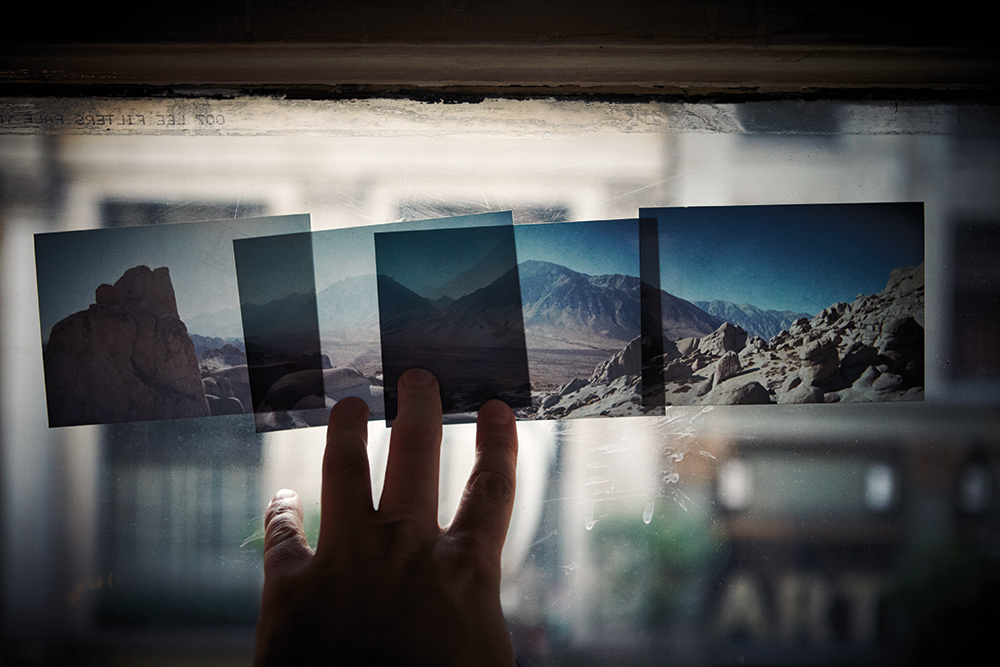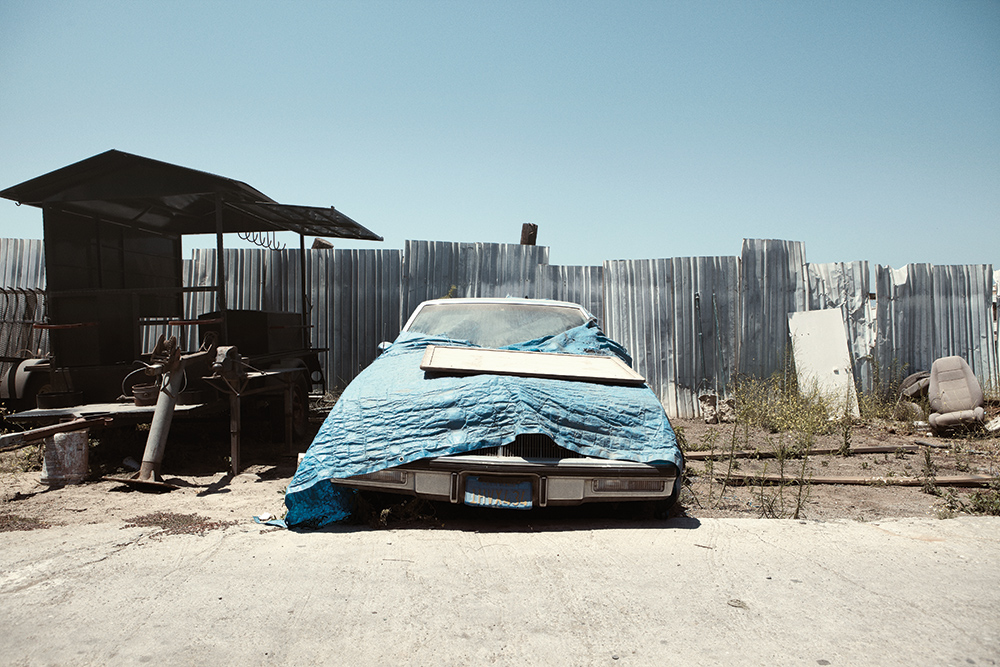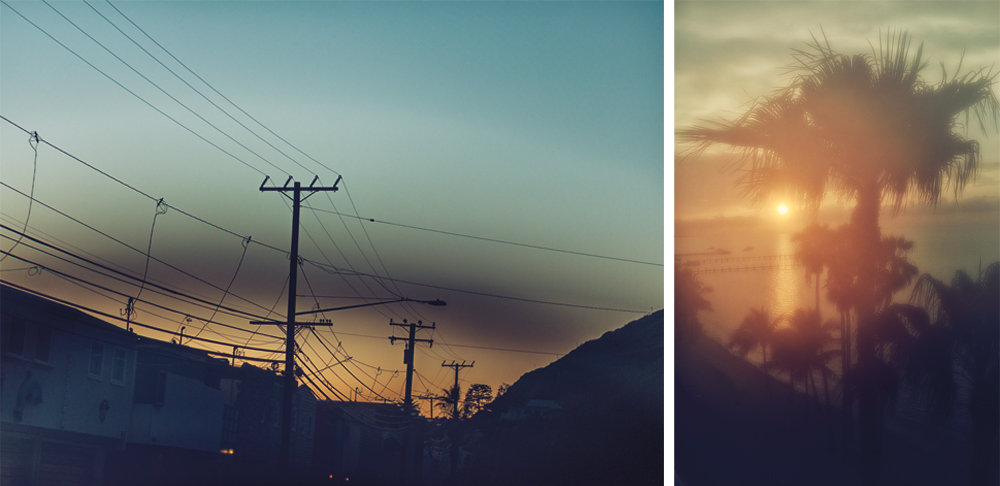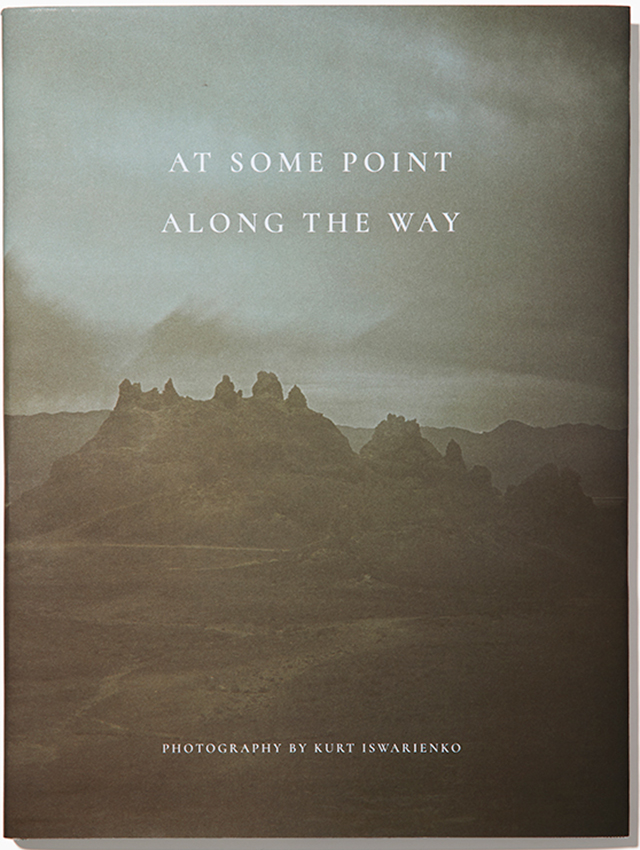Photographer Kurt Iswarienko on the finer points of his art and his meditative new book
Words by THE EDITORS
Photography by KURT ISWARIENKO
Over the past 20 years, Kurt Iswarienko has shot the likes of U2 and Lana Del Rey as well as recent campaigns for Universal’s 1917 and Netflix’s When They See Us, the Lincoln Motor Company and Netjets. He says that At Some Point Along the Way, his first book, was a way “to slow down and take stock of my relationship with photography at a time when what photography means, and what it means to call yourself a photographer, has changed immensely.” Here, Iswarienko shares more thoughts on both the just-released collection and the evolution of his craft.
How would you sum up the imagery in At Some Point Along the Way?
I am known mostly as a portrait photographer who does emotional, intimate portraits with a cinematic style of lighting. This book is almost entirely unlit empty landscapes with no people, so it’s quite a different genre of photography, but it’s thematically and stylistically the same as my portrait work. I shot almost all of these in spare moments, either scouting, or traveling to locations, or in between what I am paid to shoot. That’s where the title came from.
Tell us about your process.
My process is to approach each project as though my primary purpose is to be curious about all the things I can do differently or better this time around to make a project stand out from the last one.
Weapon of choice?
I look at cameras and lenses the way a chef might look at knives and saute pans. These are tools of the trade, but they don’t do anything special on their own. I’m enjoying shooting with the new GFX 100 by FujiFilm with its GF line of lenses. I also shoot a lot of film on my spectacular Hasselblad 503CW camera and Zeiss Distagon lenses.
How does someone follow in your footsteps?
Photographs are like songs, so pick subjects near and dear to your heart [that] you feel you can tell a story with. Even if you collaborate with an empty landscape to tell your story.
Let’s talk lighting. What’s your trick?
There is no right or wrong way to light a picture. You either have to find the style of lighting that works for you and let that define your look, or you can learn to do lighting that supports the story you are trying to tell, which will allow you to grow creatively.
“Photographs are like songs, so pick subjects near to your heart you feel you can tell a story with”
KURT ISWARIENKO
What time of day is best for light quality?
Any time of day. If I was able to choose, I’d go for the subdued and atmospheric early morning light that suits the mood in most of my photography and works especially well for wider, landscape-driven shots.
What is the most common rookie mistake?
Most mistakes are probably just technical. Those are the best to lean into to discover the happy accidents that can happen to give your work a unique stylistic edge.
Your golden rule for a good picture?
A good picture has to have a point of view. When you take a picture, you are doing it to tell us something you couldn’t say any other way.
Can an “eye” be trained?
An eye can be trained the way a person can be taught to play an instrument. Some have natural, easily accessed talent, while others have to work very hard to uncover their talent, whether by sheer power of the will, or through a lot of training.
What is next for you?
I’m building a mobile app for photographers called Lensr. It’s a platform showcasing the work of top photographers, allowing users to discover great photography, learn from each other, and buy and sell equipment.
Signed copies of At Some Point Along the Way, $250, are available at Studio C.
Feature image: Flying above the Austrian Alps near Sölden, Austria.
This story originally appeared in the Spring/Summer 2020 Men’s Edition of C Magazine.
Discover more CULTURE news.








